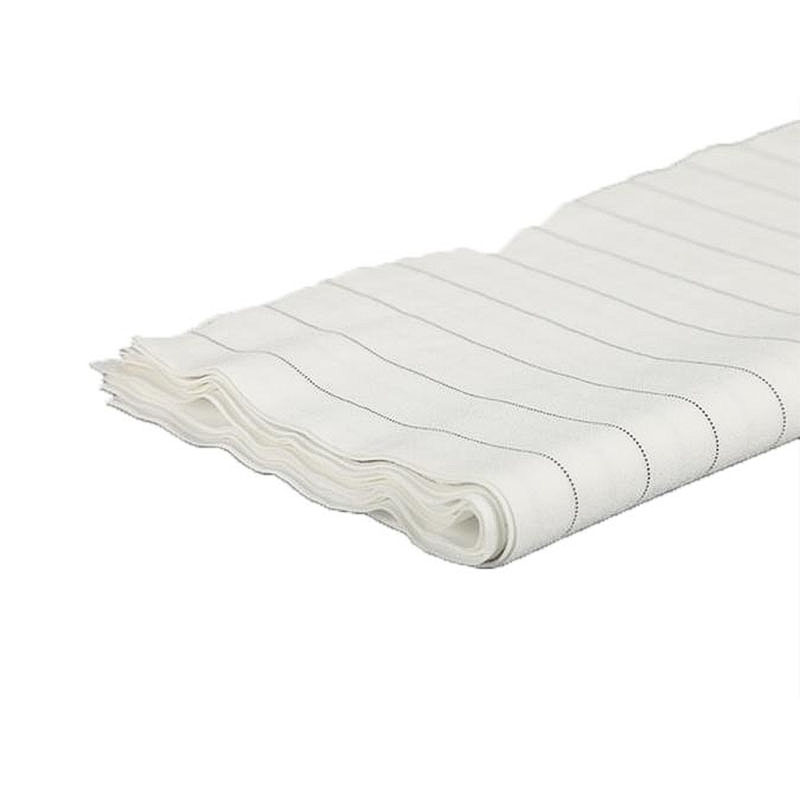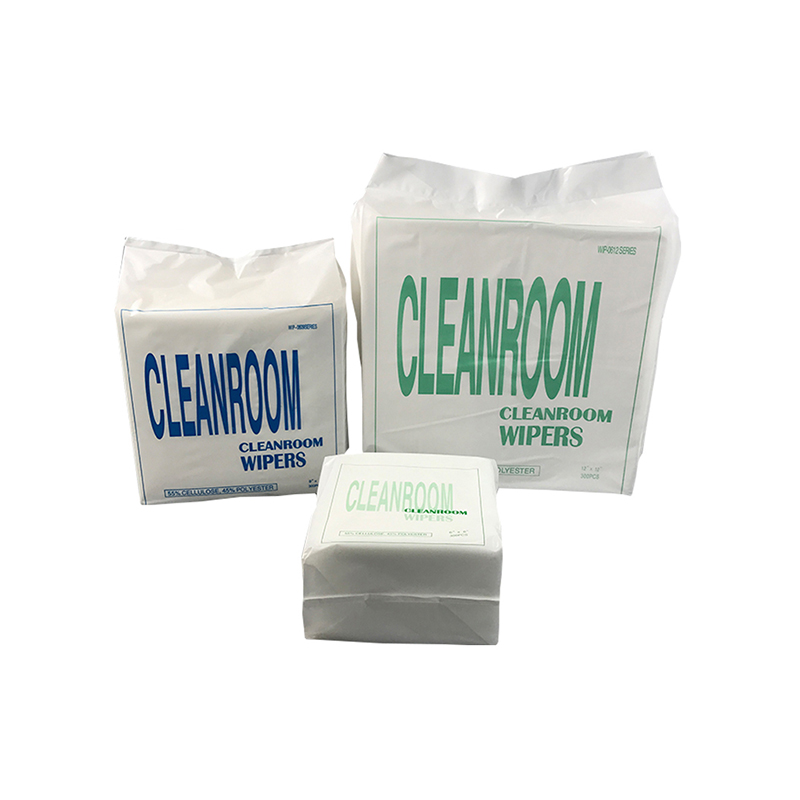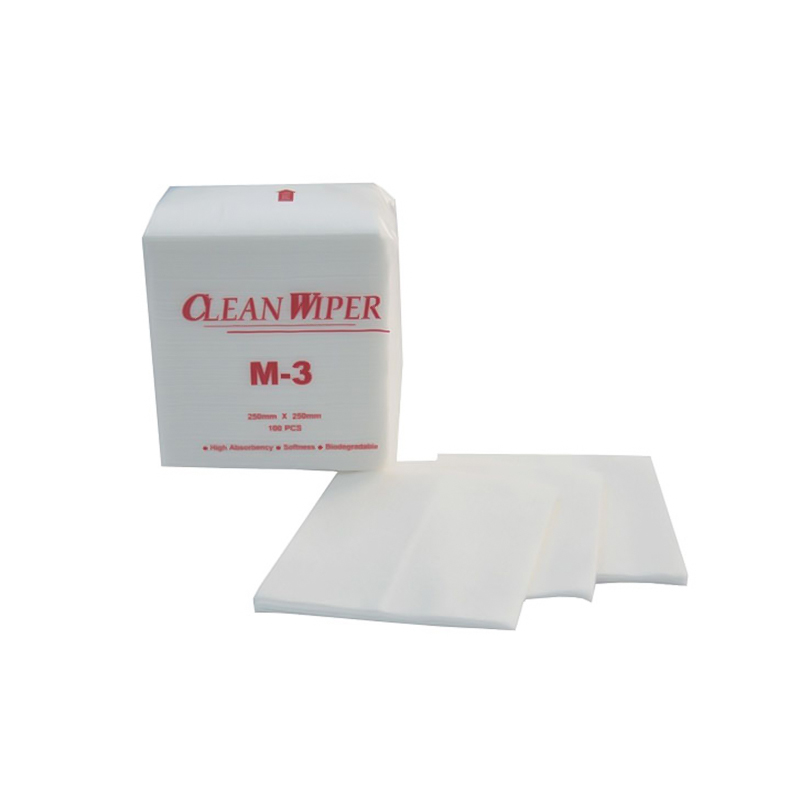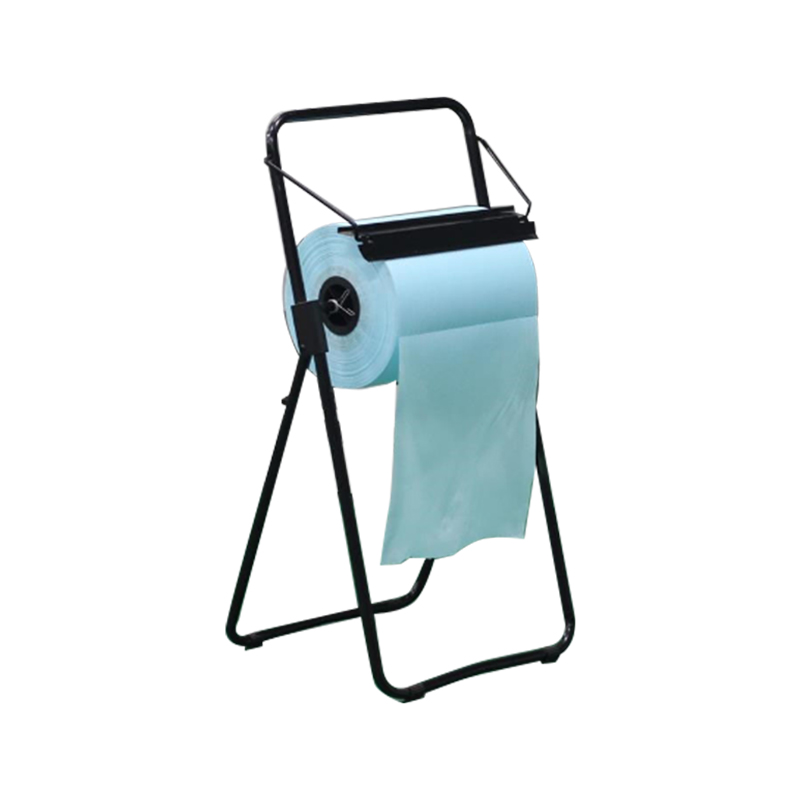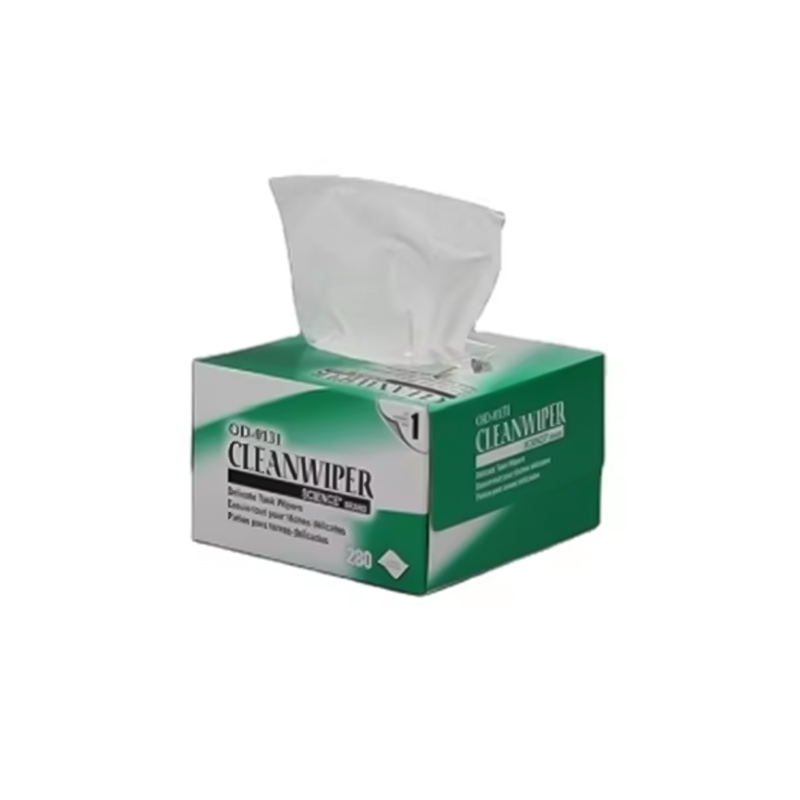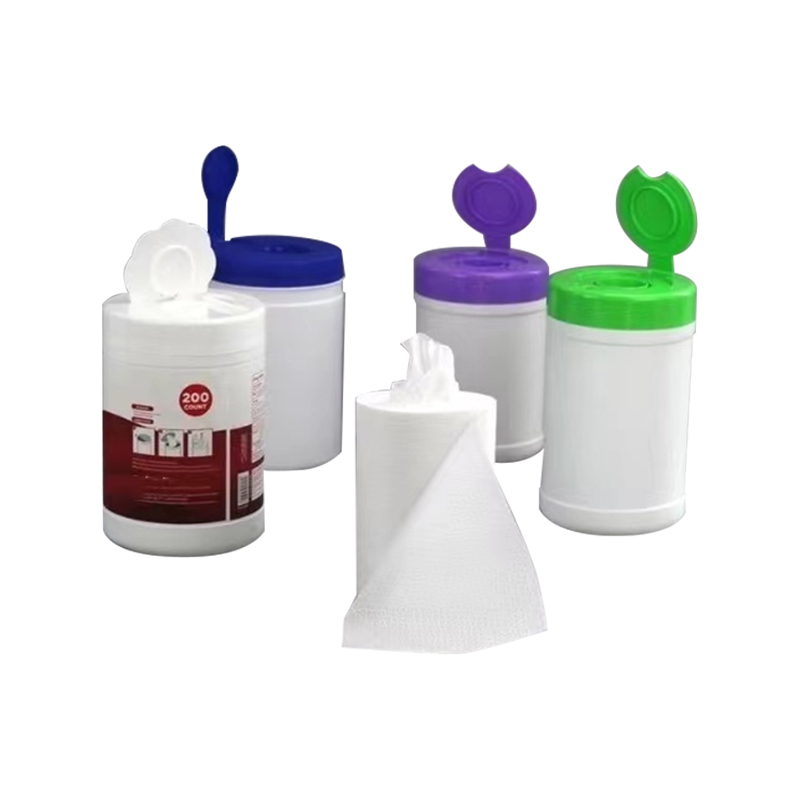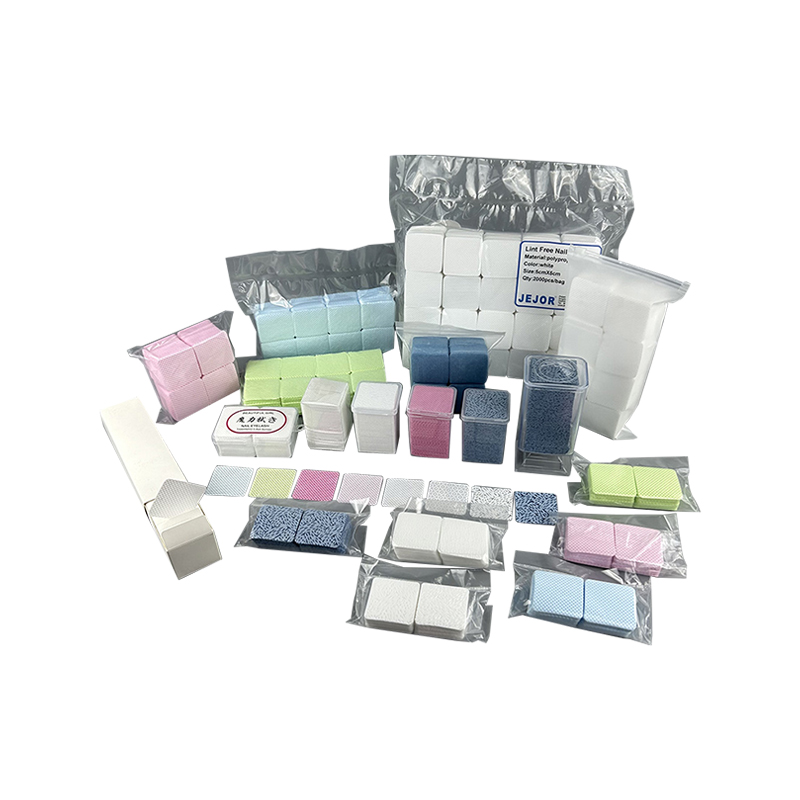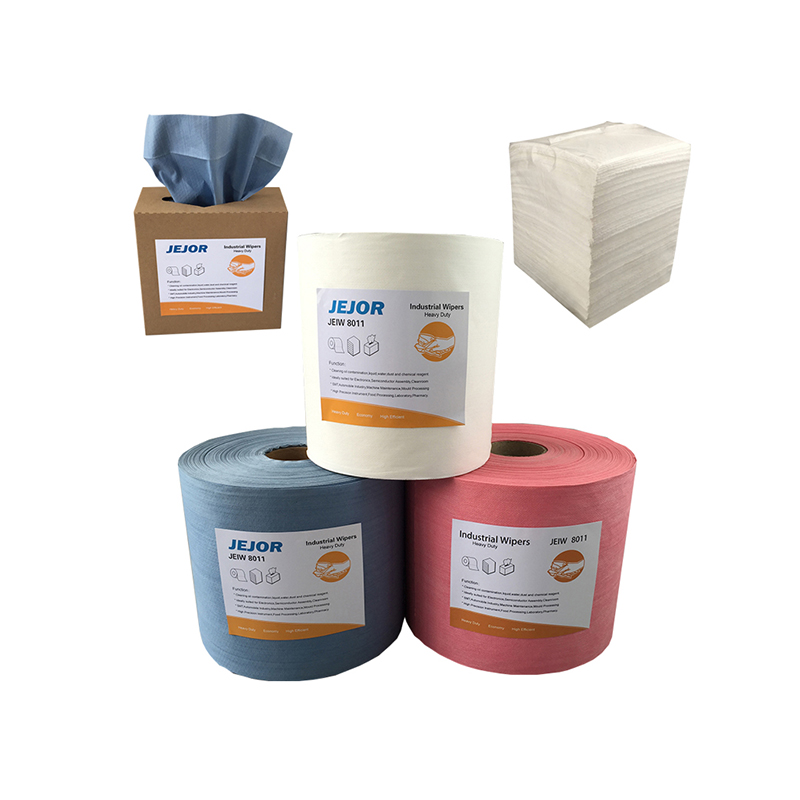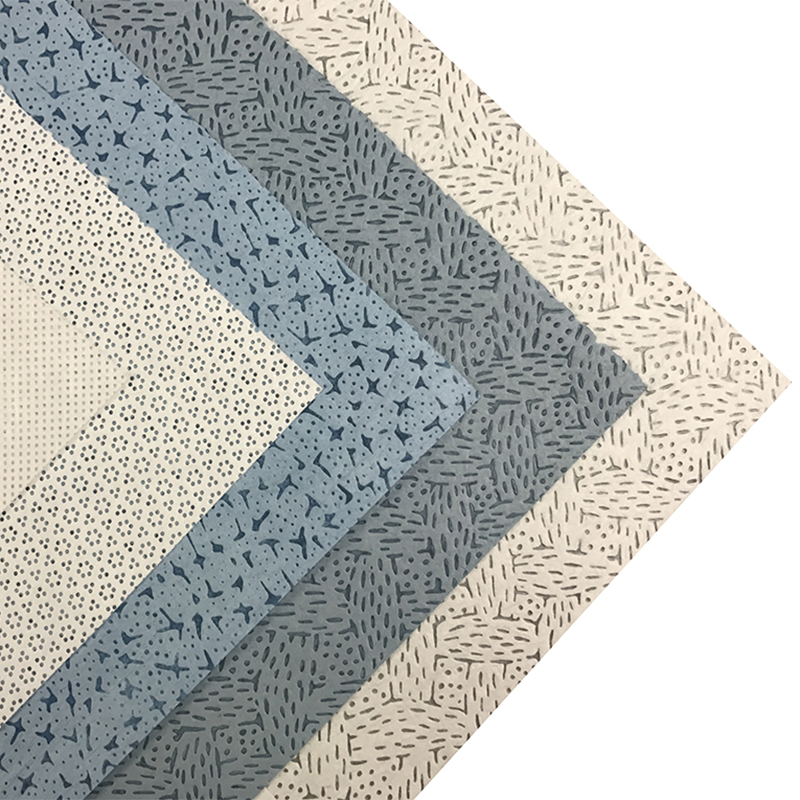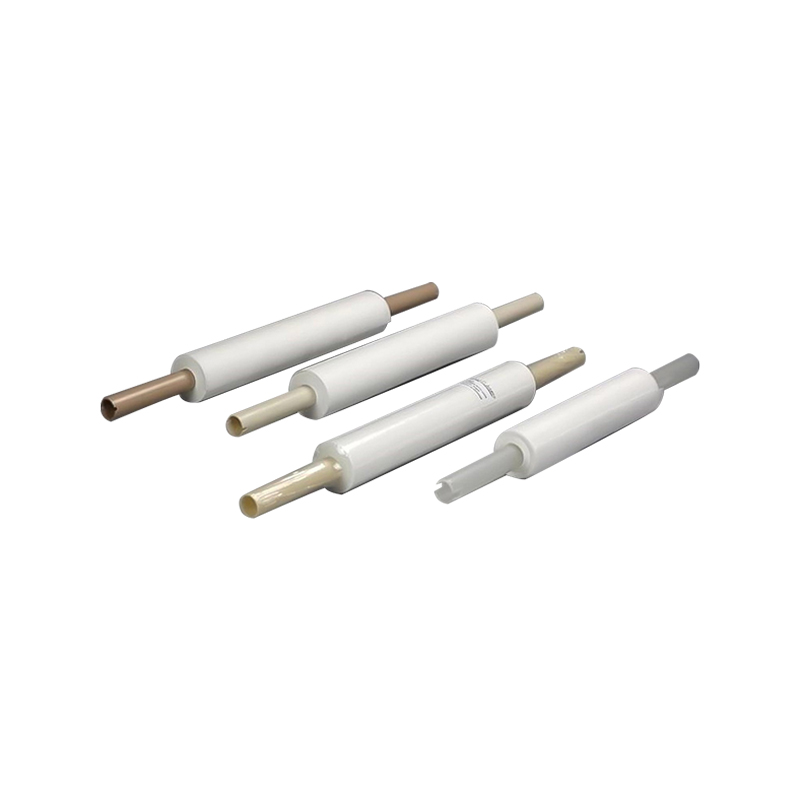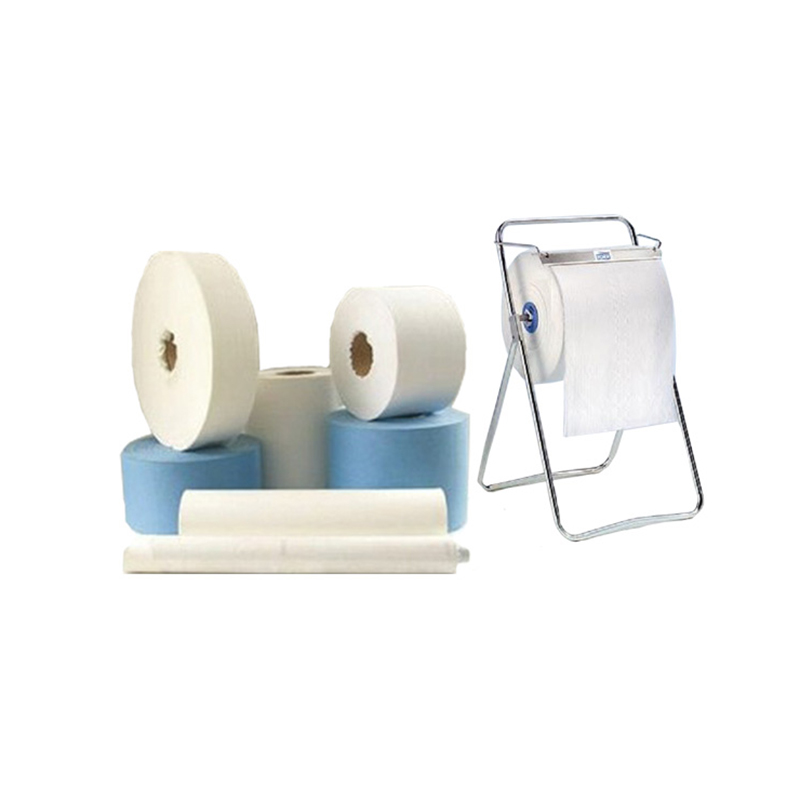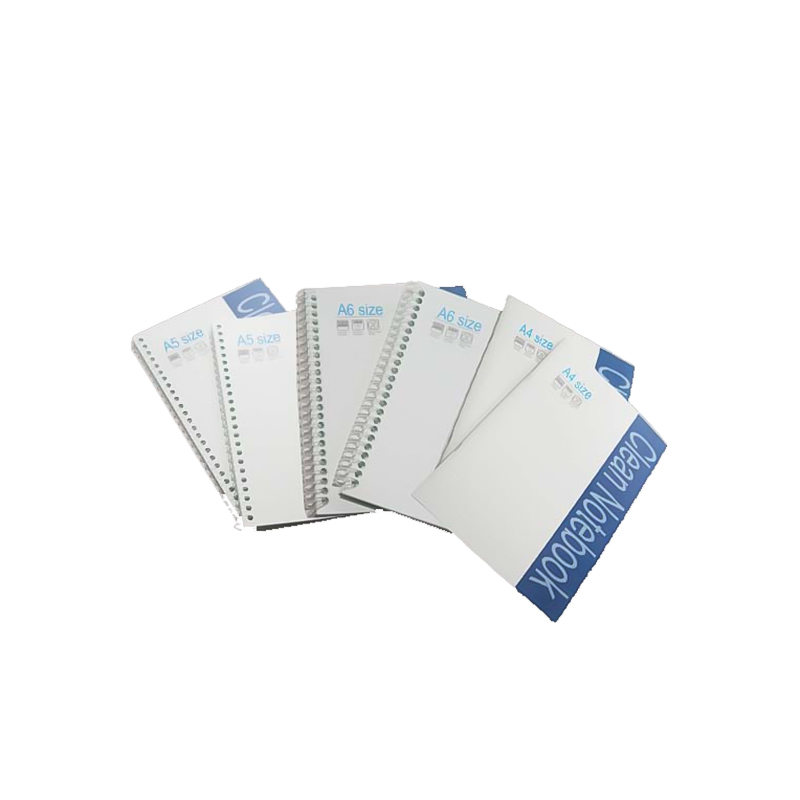Clean Swab Differences in Cleaning Efficiency between Different Materials
1. Cotton Swabs Have the Highest Absorbency and Recovery Rate: Experiments show that cotton swabs perform best at absorbing liquids and releasing residue, with recovery rates exceeding 70%, significantly higher than materials like polyester and nylon.
2. Mechanical Decontamination Capability of Polyester/Nylon Swabs: Polyester and nylon swabs have a denser fiber structure, making them suitable for mechanical cleaning of smooth metal surfaces. However, their ability to absorb residue is relatively weak, with recovery rates typically around 20%–30%.
3. Specific Advantages of Foam/Macro-Foam Swabs: For cleaning tasks requiring large areas and low residue, macro-foam swabs can quickly cover surfaces, but they can easily leave fiber residue when performing high-precision sampling. 4. Company Advantages: Suzhou Jujie Electron Co., Ltd. utilizes 48 fully automated weaving, cleaning, and forming production lines, enabling precise control of cotton swab fiber density and surface treatment. This ensures that each Clean Swab's water absorption and fiber-free performance meet ISO Class 5/6 ultra-clean requirements, achieving optimal cleaning efficiency across different materials.
How to Use Clean Swabs for Sampling During Cleaning Validation (CIP)?
Key Points for Using Clean Swabs for Sampling During Cleaning Validation (CIP)
1. Pre-wetting Before Sampling: Studies have shown that pre-wetting cotton swabs (especially cotton or polyester) has a recovery rate approximately three times higher than dry swabs. It is recommended that cotton swabs be moistened with 0.1% neutral detergent before sampling during CIP validation.
2. Standardized Sampling Area and Template: To avoid area estimation errors, a rectangular 25cm² template is used, maintaining slight bending pressure during each sampling. This significantly reduces sampling error and improves TOC testing reliability.
3. Correction for Multi-Factor Influences: Sampling error primarily stems from factors such as analyst, surface roughness, and residual concentration. It is recommended to incorporate Monte-Carlo simulation into the validation plan to estimate the error and set reasonable acceptance limits (LODs) based on experimental results.
4. Suzhou Jujie's Technical Support: The company is equipped with high-end testing equipment such as infrared spectrometers and liquid particle counters, enabling rapid on-site assessment of post-sampling residual levels. Automated production lines using laser and ultrasonic cutting ensure consistent size and material quality for each Clean Swab, improving the repeatability of CIP validation.

 中文简体
中文简体 English
English Español
Español русский
русский Deutsch
Deutsch Français
Français